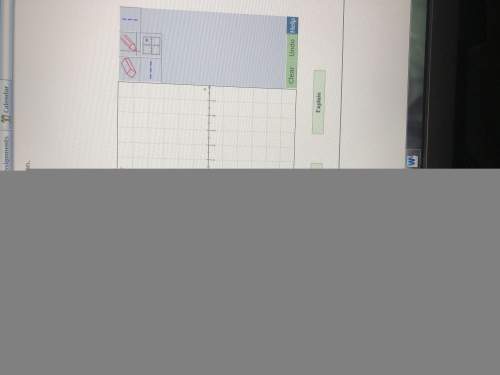
Mathematics, 21.02.2020 17:31 zahrast14
A personal trainer believes that his new workout plan of lifting weights combined with cardio may help his clients lose more body fat than a workout plan of just cardio. To test his theory, he asks locals to sign up to participate in his study. 36 men and 24 women sign up for the study. The trainer also thinks the treatment will work differently on men and women. Therefore, he divides the group into men and women and then randomizes the two treatments within each group. The trainer measures the body fat of each participant and then measures it again after three months when the workout plan has been completed.
a. This is an example of a block design.
b. The subjects are the body fat measurements of the participants.
c. This is an example of a matched pairs experiment.
d. The treatments are the body fat measurements of the participants.
e. The subjects are 36 men and 24 women.
f. The treatments are the cardio/weights program and the cardio program.
g. This is an example of a completely randomized experiment.

Answers: 2


Another question on Mathematics

Mathematics, 21.06.2019 16:00
Enter the number of complex zeros for the polynomial function f(x) = x 4+ 5x² +6
Answers: 2


Mathematics, 22.06.2019 01:00
The triangles are similar. what is the value of x? enter your answer in the box.
Answers: 1

Mathematics, 22.06.2019 03:00
The biologist has a second culture to examine. she knows that the population of the culture doubles every 15 minutes. after 1 hour and 15 minutes, her assistant found that 80,000 bacteria were present. a) what was the size of the initial population? b) predict the size of the culture at t=3 hours. what was the size of the population at 40 minutes? explain and justify your answers. c) create a graph of the population as a function of time. find an equation that can be used to predict the size of the population at any time t. d) examine the rate at which the bacteria culture is growing. how fast is the culture growing after 1 hour? after 1.5 hours? after 2 hours? use a time interval of h = 0.01 hours to estimate these rates. interpret these rates in terms of the context of the problem situation. how do these three rates compare?
Answers: 1
You know the right answer?
A personal trainer believes that his new workout plan of lifting weights combined with cardio may he...
Questions



Computers and Technology, 23.06.2020 22:01


English, 23.06.2020 22:01

Mathematics, 23.06.2020 22:01


English, 23.06.2020 22:01


Mathematics, 23.06.2020 22:01



Mathematics, 23.06.2020 22:01


Mathematics, 23.06.2020 22:01

Mathematics, 23.06.2020 22:01

Mathematics, 23.06.2020 22:01

Mathematics, 23.06.2020 22:01

Mathematics, 23.06.2020 22:01




